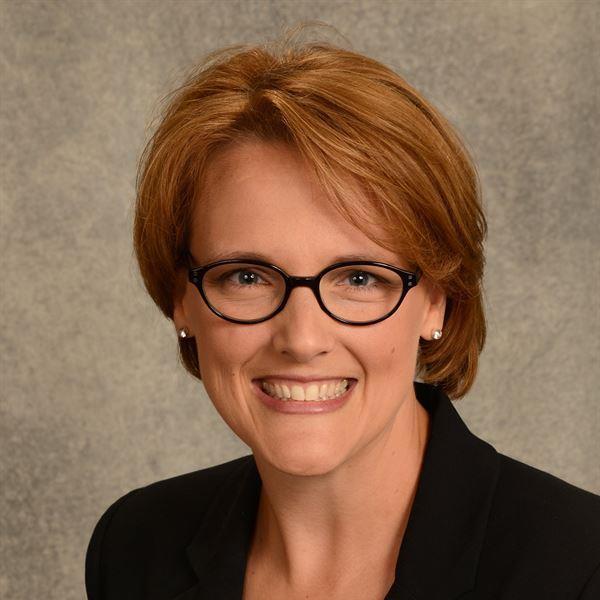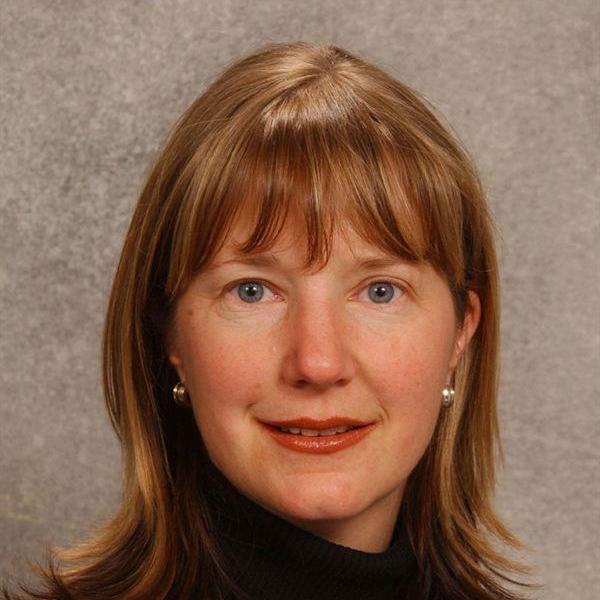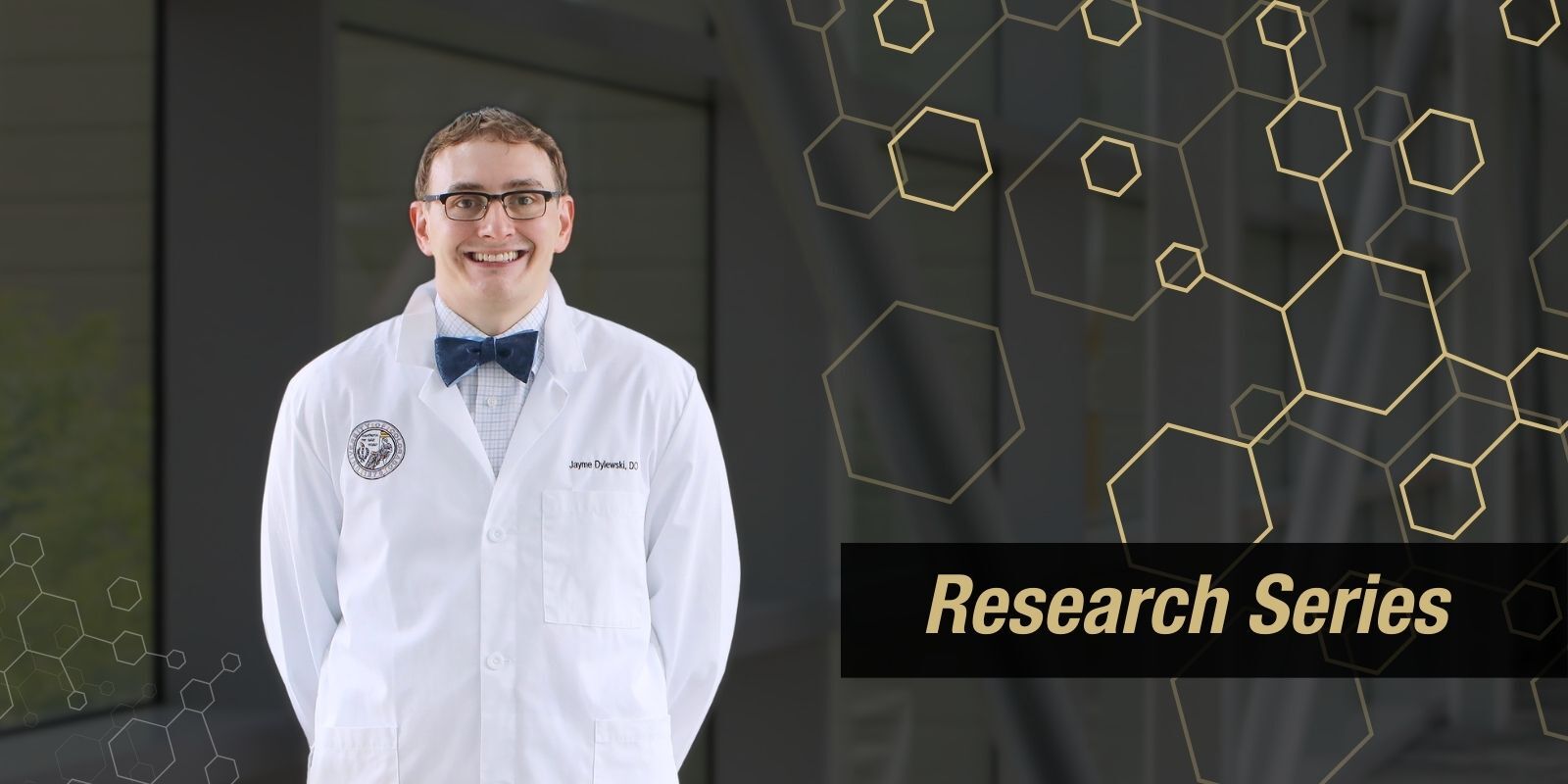“Quality over quantity.” It’s a familiar piece of advice for everything from shopping habits to food choices. But the concept is especially important when it comes to health care. In fact, it’s what led a coalition of CU Anschutz Medical Campus entities — the School of Medicine, the College of Nursing, UCHealth University of Colorado Hospital, and Children’s Hospital Colorado — to establish the Institute for Healthcare Quality, Safety and Efficiency in 2012.
“We saw that the world was changing and that health care was moving from a focus on volume of care to value of care, and from the quantity of care to the quality of care,” says IHQSE director Jeffrey Glasheen, MD, MHM, associate dean for clinical affairs—quality and safety education and professor of medicine.
“While we fully endorsed that shift, we recognized that we didn’t have a frontline workforce that was trained to effect that change,” Glasheen continues. “Thus, the IHQSE was born.”
The IHQSE’s mission is to improve the quality, safety, and efficiency of patient care on the CU Anschutz Medical Campus by educating providers and helping them implement change within their teams, departments, and organizations.
“This type of change can’t come from the top of the organizations,” Glasheen says. “It has to come from the frontlines — doctors, NPs, PAs, nurses, pharmacists, etc. — because they’re the people who are interacting with our patients and our processes.”
Focus on implementation sets the IHQSE apart
The IHQSE currently offers four different programs:
-
Quality Safety Academy, a series of six, three-hour workshops designed to build foundational knowledge in quality improvement and patient safety.
-
A yearlong Certificate Training Program emphasizing development and enhancement of high-functioning teams capable of systematically improving the quality, safety, cost, and experience of care provided for patients. Includes 15–20 hours of intensive, hands-on coaching.
-
Facilitative Leadership is a two-day course that offers participants a transformational learning experience that expands their ability to lead sustainable change, generate greater engagement, and bring out the best in individuals and teams while achieving outstanding results.
-
Improvement Academy is a two-session course followed by up to 12 months of coaching sessions aimed at providing participants the fundamental principles of quality improvement and how to structure and lead improvement projects.
Although other organizations were already doing similar work, Glasheen says the IHQSE’s unique approach to the subject set it apart.
“We were one of the first organizations to recognize that this wasn't a knowledge deficiency issue,” Glasheen explains. “The concepts of process improvement and change management are relatively straightforward, and health care providers are incredibly intelligent people. Where it becomes difficult is when you try to take these concepts and apply them in the clinical arena.”
The IHQSE addresses this disconnect through a combination of education, application, and implementation.
“That's what differentiates us from a lot of other programs,” Glasheen explains. “When we teach something in class, it’s not meant to stay in the classroom. We bring it back the next week in a coaching session and we immediately begin to apply it to their work.”
Since the first CTP cohort in 2013, the IHQSE has trained more than 2,300 health care leaders and providers, as well as medical students and trainees. And, Glasheen notes, what is taught in the classroom doesn’t stay in the classroom. Many of the IHQSE’s programs either encourage or require trainees to develop and implement projects in their clinical practices, resulting in real-world improvements.
Projects improve patient care
One such project aimed to reduce exposure to sedatives like opiates and benzodiazepines exposure in mechanically ventilated pediatric ICU patients.
“We had been working on this project since 2015 and had previously struggled to understand how to accurately assess the exposure of our patients to these drugs,” says Gina DeMasellis, MD, an assistant professor of pediatrics who took the CTP course with four of her colleagues in 2020.
“The old process required manual chart reviews to add up every exposure. It was just too much work,” DeMasellis says.
During the course, she and her colleagues finalized a dashboard to automatically tally and display the drug exposures. Then they turned their focus to creating a plan to help PICU nurses comply with instructions to gradually wean patients off the drugs when they were no longer needed, which they accomplished through surveying and mentorship.
Since implementing the plan, DeMasellis and her team have reduced their mechanically ventilated pediatric ICU patients’ opiate drug exposure by approximately 20%.
“The mentorship that we received during the course was absolutely phenomenal,” DeMasellis says. “I personally believe that anyone who works in a clinical area should be thinking about quality improvement — there's so much work to be done, it can't be left to a few select people.”
Sarah Parker, MD, professor of pediatrics and medical director of the Antimicrobial Stewardship Program at Children’s Hospital Colorado, is another CTP graduate. When she was hired in 2011 to start the stewardship program, her main goal was to improve inpatient antibiotic use.
“Studies have demonstrated that 30% to 60% of antibiotic use is likely not necessary,” Parker says, explaining that overprescribing or prescribing the wrong antibiotics can result in adverse drug events and bacterial resistance. “You want to ensure patients are getting the right antibiotic for the right indication at the right dose for the right duration.”
Parker and her colleagues enrolled in CTP to design a program based on building relationships with hospital leadership and clinical providers.
“The course changed everything for us,” Parker says. “It helped us understand the best ways to approach leadership to get the resources we needed and how to get buy-in from providers on the prescribing side through what’s called ‘handshake stewardship.’ And we’ve achieved many of our goals. We’ve demonstrated a significant decrease in antibiotic use and shown that the remaining use has improved, which in turn has improved patient care.”

Members of a Certificate Training Program team present their project.
Transformation at every level
Over the past 10 years, IHQSE trainees have completed more than 500 projects, which the institute estimates have impacted more than 100,000 patients and saved over $100 million by reducing inefficiencies.
Glasheen also says the IHQSE is the first program in the country to publish results showing that investing in quality, safety, and efficiency can impact the performance of the entire organization. Since trainees started completing improvement projects at UCH, the hospital increased its Centers for Medicare and Medicaid Services star rating from a two to a four (out of five).
“Obviously there were other factors involved in that change as well,” Glasheen says, “but I think the IHQSE provided the special sauce, which was the capacity of the people to do the work.
“This isn’t just about education — it’s about transformation,” Glasheen adds. “We want to transform individuals who can then transform processes to improve care. If you do that hundreds of times, you'll eventually transform your whole organization.”
A new decade
As the IHQSE moves into its next 10 years, Glasheen says the institute’s leadership has plans to expand its offerings, both on-campus and off.
Last year, the IHQSE absorbed the Clinical Effectiveness & Patient Safety Grant Program, which provides funding and coaching to faculty, trainees, and staff to support their efforts in advancing the quality and safety of care at UCH and Children’s Hospital Colorado. Glasheen says housing the program under the IHQSE will allow the institute to offer cross training to providers and potentially build an even stronger grant program.
The CU School of Medicine recently moved some of its graduate medical education in quality, safety, and efficiency under the IHQSE, which Glasheen eventually hopes to expand to undergraduate medical students as well, offering a consistent and unified curriculum at all levels.
The IHQSE has also started to reach beyond the borders of the CU Anschutz Medical Campus. The institute now offers three of its programs to a national audience: a virtual version of CTP, which will launch in April 2022; Foundations in Healthcare Leadership, a three-and-a-half-day, in-person program that launches in March; and a national version of the Quality Safety Academy.
Although there’s a lot going on within the IHQSE, when asked what he’s most excited about for the future, Glasheen’s answer is simple.
“I just love to educate people and get to watch them grow — that's the best piece.”






